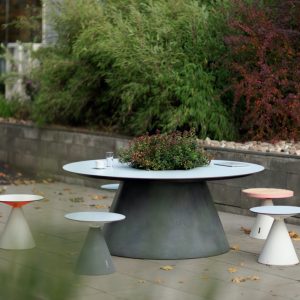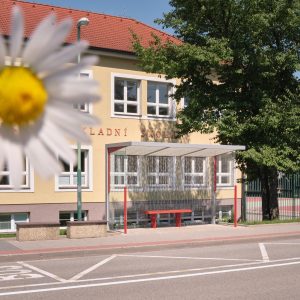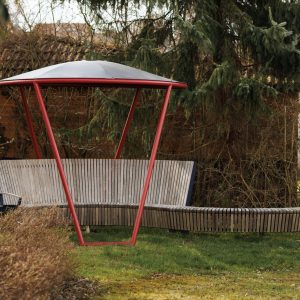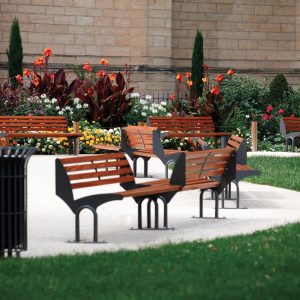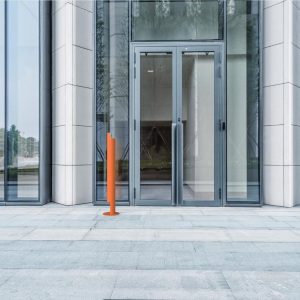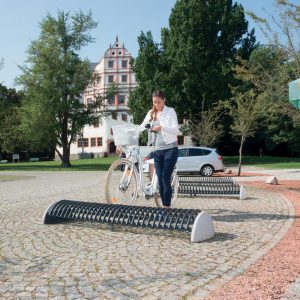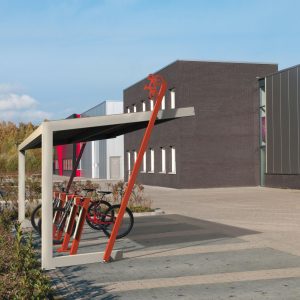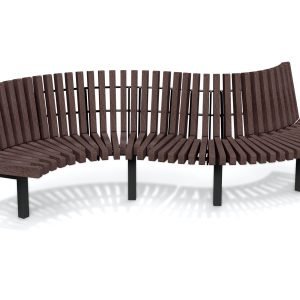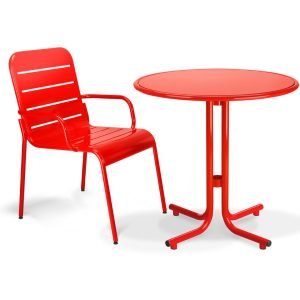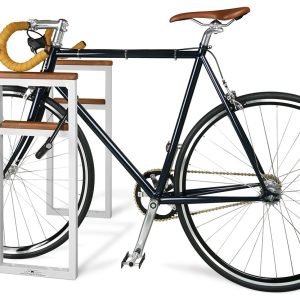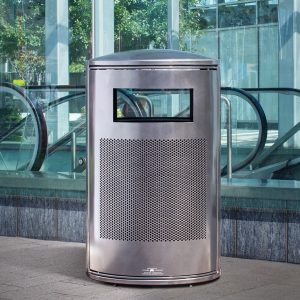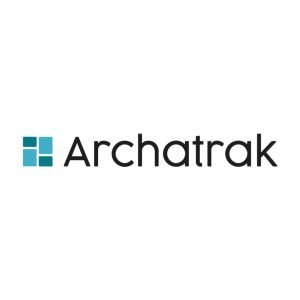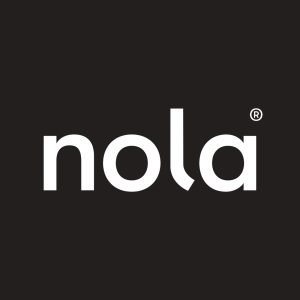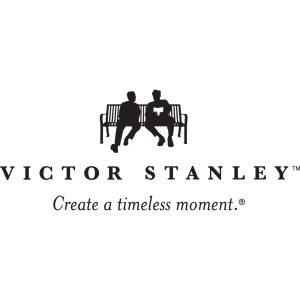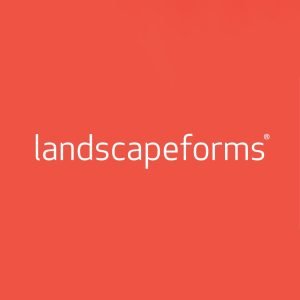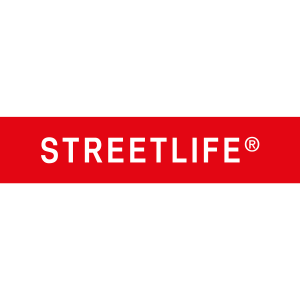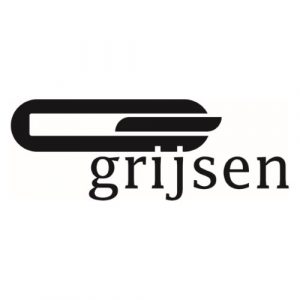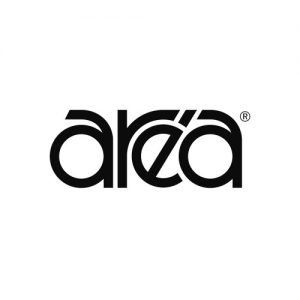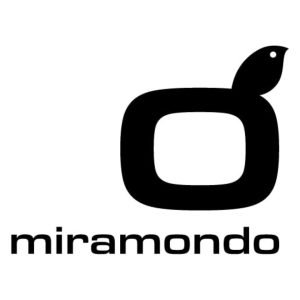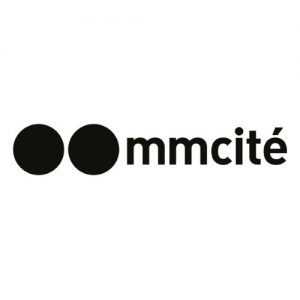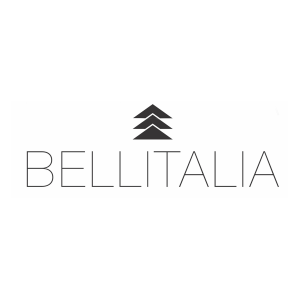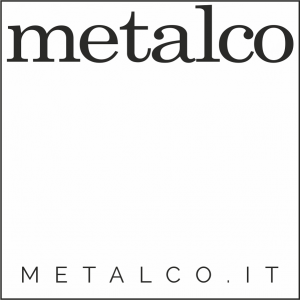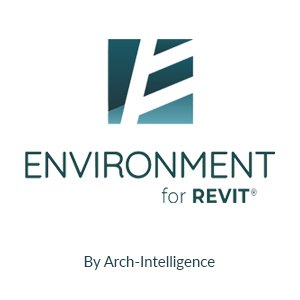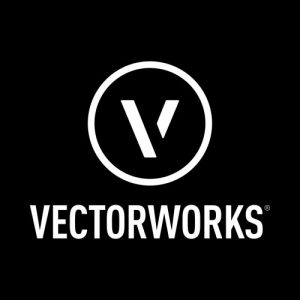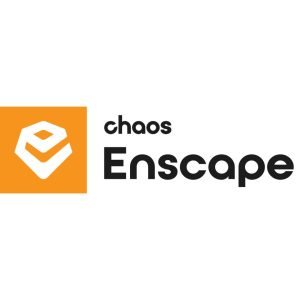How to Not Build: Tempelhofer Feld

The famous Bartleby quote: “I would prefer not to”, is often the paradoxical silent monologue of a professional working in development. You need the job but you don’t always believe the project’s brief is fully justified, in line with the values and needs of users, sometimes even feels forced to produce revenue which can put a lot of pressure on oneself with its conflicting moralities. “If I don’t do it, someone else will and I trust my attentive and sensible work will produce a better result than someone else’s”, is another proponent background thought that makes you join the competition.
Some fight it off quite well, however, and the architects’ “all-time favourite” Lacaton & Vassal’s refusal to develop the Place Léon Aucoc by the brief’s demands is instilled with an almost mythical aura. Sometimes, the decision for a massive boycott of an unwanted competition comes from chambers, but that doesn’t prevent uncharted offices from contributing their work.
Tempelhofer Feld
Following ten years after the public referendum prevented permanent buildings on Berlin’s largest public space, the former Nazi airport, now public park Tempelhofer Feld, the city’s Department for Urban Development, Building, and Housing opened an international competition. As such, it once again became one of the most contested sites in Berlin, which is on a good weather day visited by 90000 citizens.
Although the plan includes residential housing in a small section at the perimeter of this vast park, it presents a push towards redevelopment and a denial of the public vote from 2014, resulting in Tempelhofer Feld Law, keeping this largest open and unprogrammed space in Berlin intact. Almost 740 thousand people voted for the preservation of Tempelhofer Feld which accounted for 65% of voices, and the number of voters is higher than for the city’s party elections. It means a lot.
“Since the closure of the airport in 2008, the former military parade ground turned public park has been the site of a land war”
says the promo video of the initiative Architects 4THF, which voices together against the competition and development with 100% Tempelhofer who raised the referendum years ago.
Exactly Jean-Philippe Vassal, who’d rather not, is supporting the initiative’s endeavours to keep the Tempelhofer Field
“free from any urban thought or attempt of to control as a huge magical and unique place in the world within a great capital from where one can see the horizon, dream and escape for each and every citizen of the city. Not a single square meter can be lost.”
Besides Tempelhofer Feld being a much-needed ecological space that helps to mitigate heat waves and climate change while sequestrating carbon, offering water infiltration, and increasing biodiversity, it is foremost an equitable open social space. Even if affordable housing is needed (as is everywhere), there is space in other parts of the city to make up for that, promoters against building agree. The pressure to convert the public voice by politics and market speculations is outstanding.
Daniel Jonas Roche writes that similar pressure can be felt in New York City’s common Elizabeth Street Garden which is under direct threat, advocated also by the TCLF. There are cases of projects that “we’d rather not” have in many cities which don’t find the civic voice supporting their fight.
The initiative of Architects 4THF is holding open meetings to which you can apply below.
While the open call is really “open” in terms it does not prescribe the exact outcome, it is however again open to debate after the Tempelhofer Feld was opened to the public in 2010 in a conversion by McGregor Coxall. What do you do, when you would rather not − do you file an empty project to exert your protest, do you draw the most crazy, or the winning project? You can always join the discussion.
Published on December 3, 2024

